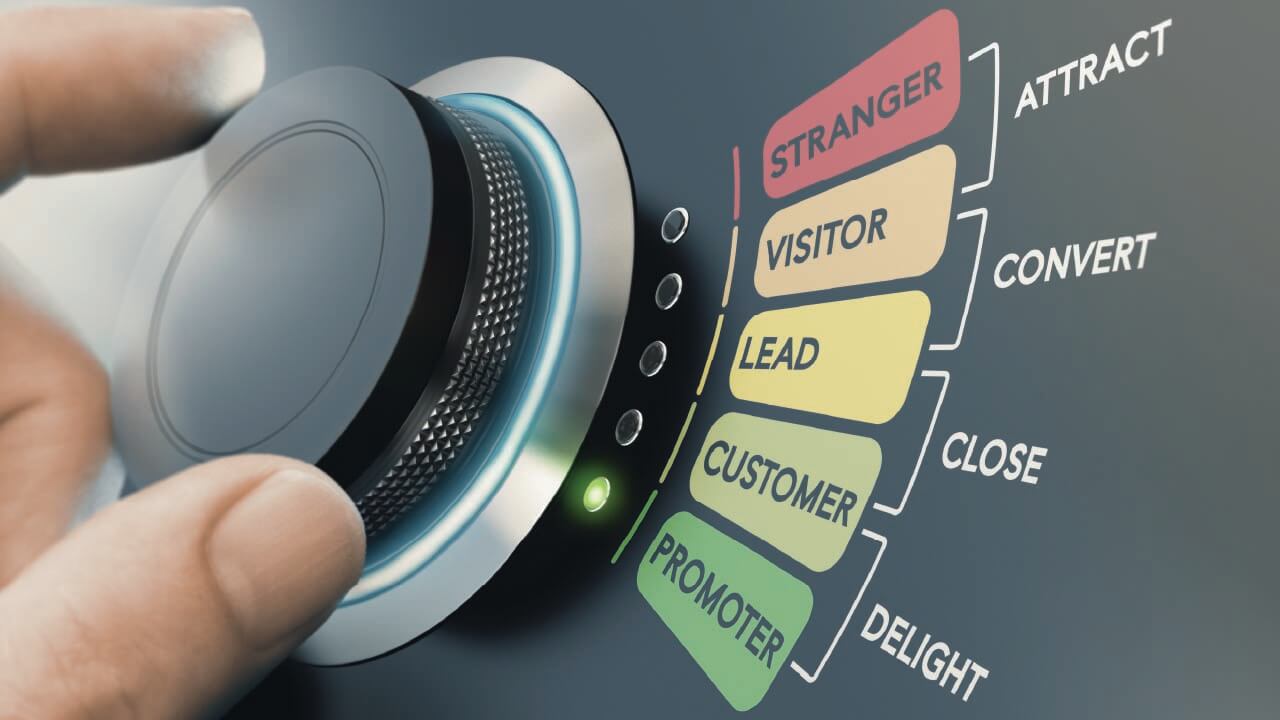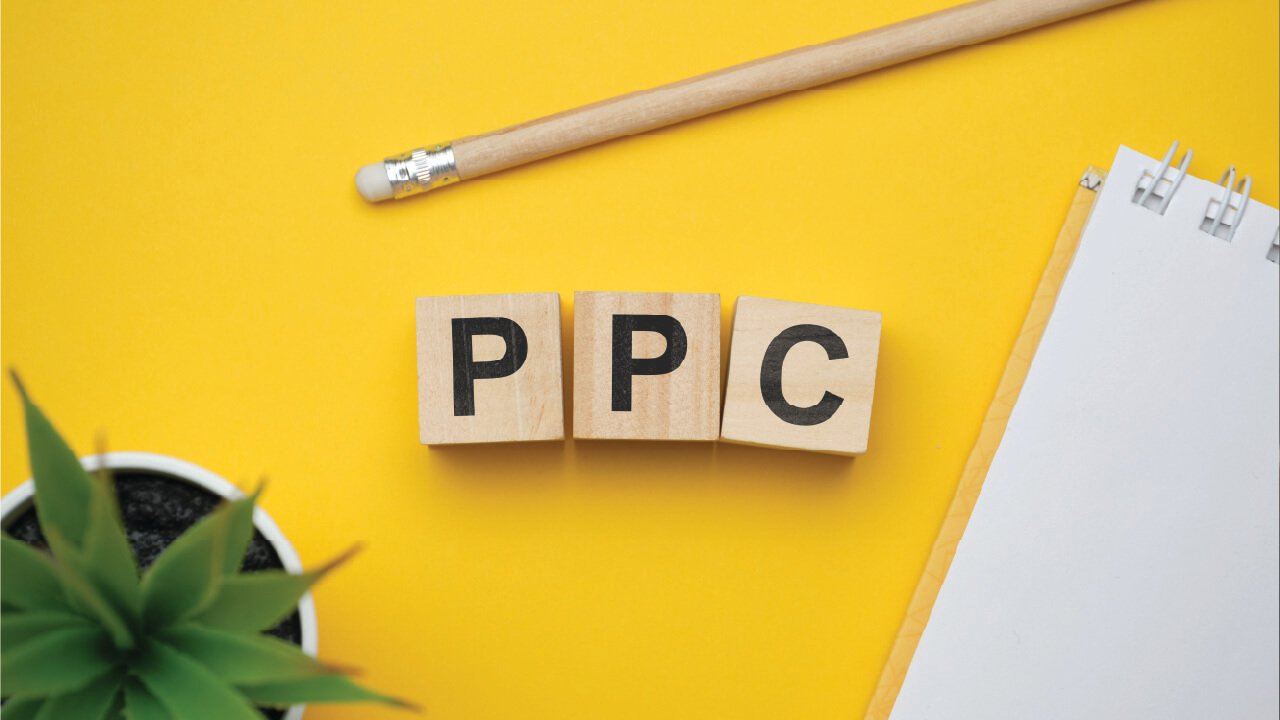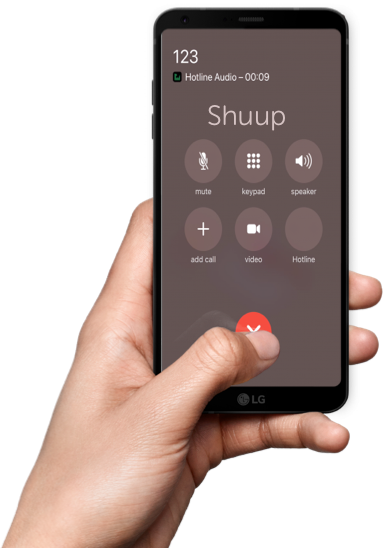Successful ecommerce PPC ads have two important components: the keywords you target and the post-click landing page you send users to. PPC advice and how-tos usually focus on getting the keywords right but in this article we’re going to talk about both elements of building effective PPC campaigns.
Segment and be specific

When it comes to PPC, the more specific and targeted the better. Even if you sell one single product of service or it has one primary function, it’s important to try audience and ad segmentation. This means offering ads tailored to the characteristics of certain customer segments. For example, you might deliver different ads based on employment seniority: one ad set to CEOs (decision makers) and another to senior managers (influencers).
A powerful way to segment is by funnel stage:

Top of the funnel: Users at this stage are looking for information about how a product solves a problem but they aren’t ready to buy. Hit them with brand awareness ads highlighting USPs, features, services etc. Right now you’re basically just telling people your business exists.
Middle of the funnel: Users may have decided they need a product like yours but are weighing you up against competitors. A good outcome for MOF ads is to get a user onto your mailing list so you can enroll them in email nurturing campaigns. Tempt them with value-adding content like whitepapers, studies, checklists, webinars.
Bottom of the funnel: Buyers are ready to engage with you more seriously so use display remarketing ads to remind them about the benefits of your product(s). Push for demo and trial purchases or product sales.
Keyword research for ecommerce PPC

Finding the right keywords to target is the core of PPC campaigns. Here are some tips for doing effective keyword research:
- Start with your own knowledge. Get a spreadsheet open and start writing down all the keywords you think relate to your brand, product, service, and industry.
- Run your ideas through a free keyword tool like Google Keyword Planner. It’ll tell you the estimated search volume and the CPC, or cost per click. Obviously, the more competitive the keyword, the more expensive the click.
- Upgrade to a paid tool like SEMRush. It will give you far more ideas than Google, including cool things like questions using your keywords,similar and related terms and the ability to do competitive research.
Google your keyword. There are two places on the search results page where you can find ad and keyword information. Firstly, see what search ads are running for that keyword and the kind of ad copy they’re using. Click the ad and check out the landing page. Decide what’s working and replicate it. Secondly, scroll to the bottom of the page. You’ll see “related search”—a collection of keywords that relate to your original search. Add these to your list.
Search intent

When you’re making your list of keywords to target, it’s worth considering what the user is thinking about or looking for; this is called search intent.
Here’s a very unsophisticated example: When someone searches “accounting software” it could literally mean 100s of things. As a B2B business that sells accounting software you might be tempted to target this keyword because it has such a high search volume—just over 18,000 searches in August 2020.
The problem with this keyword is that you can’t be anywhere near sure about the searcher’s intent. Do they want accounting software for free? Are they an individual or a business? What’s likely to happen is that you’ll get a decent amount of costly ad clicks but you won’t get any conversions.
Instead, some example keywords that could prove successful would be: accounting software for small businesses (volume: 6,600), accounting software for mac (volume: 720), accounting software for windows (volume: 720).
Why could these be potentially more successful? For two reasons 1) the search intent is far clearer, meaning you can tailor your ad copy and landing pages to meet that intent 2) with a clearer search intent we can assume that they’re more ready to buy or be marketed to. It’s better to target smaller volume keywords and achieve a higher percentage of sales than be wowed by vague search terms that will result in fewer conversions.
Landing Pages

The second piece of the ecommerce PPC puzzle, the landing page, is just as important as the ad itself. The messaging of the landing page should be 100% related to the messaging of the ad. Misalign them and your user might bounce and Google will penalize you and lower your ad quality score. This will mean reduced ad visibility and higher CPCs.
Before we talk about what to do with landing pages, there are two things you should never do:
- Don’t send users to your homepage. You might have a great homepage but landing on one usually requires the user to “start again”—they’re presented with too much general information, CTAs etc.
- Don’t send users to an ordinary product page. Think about your own search behavior: When was the last time you bought a product, especially a high-cost product, after clicking a search ad for the first time?
The trick is to create bespoke landing pages for your campaigns that expand on the message of your PPC ad. Creating multiple landing pages might seem labor intensive but remember that you can create unlimited, simple pages with Shuup.
If you’re selling a B2B SaaS product, create a landing page with a short product video, a list of USPs, and some social proof. Remember, if you highlighted a certain feature in the ad, tailor the landing page content to that feature and how it solves certain pain points.
If you sell physical products, create a landing page that showcases the product. Talk about the features, benefits, and use cases.
Whether you’re selling physical or digital products you can still add straight conversion elements. Always give a user the opportunity to buy outright but don’t present it too aggressively. Other conversion opportunities would be using a pop-up to offer a piece of content or a discount code in exchange for an email address.
Final thoughts
PPC can be a really complex subject but once you’ve got the basics of keyword research and landing pages nailed down you can go on to add as much complexity as you like.






